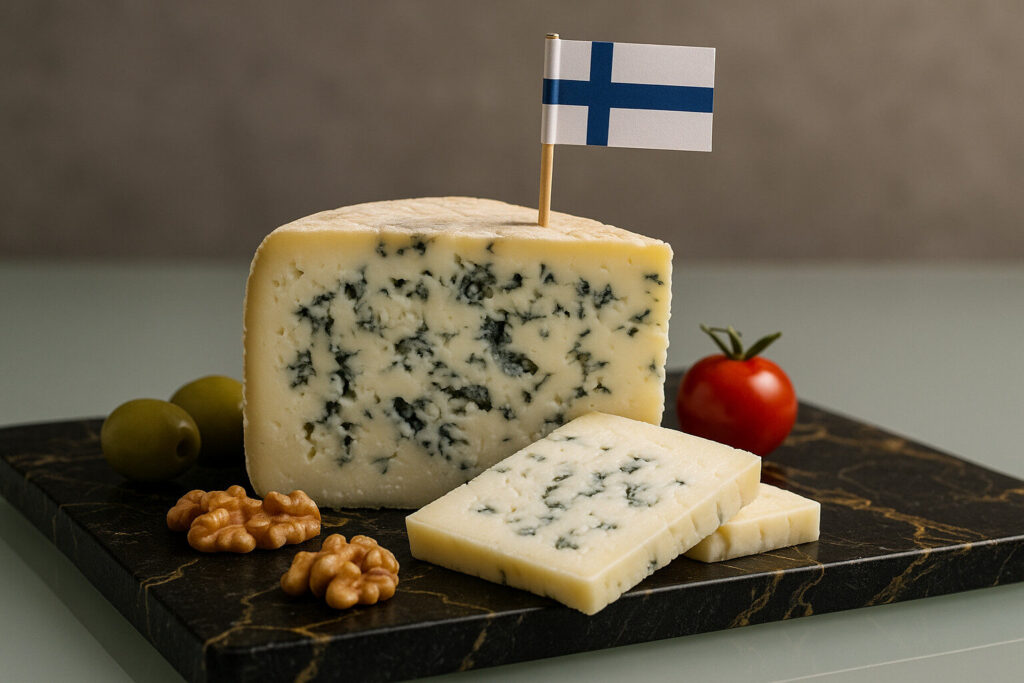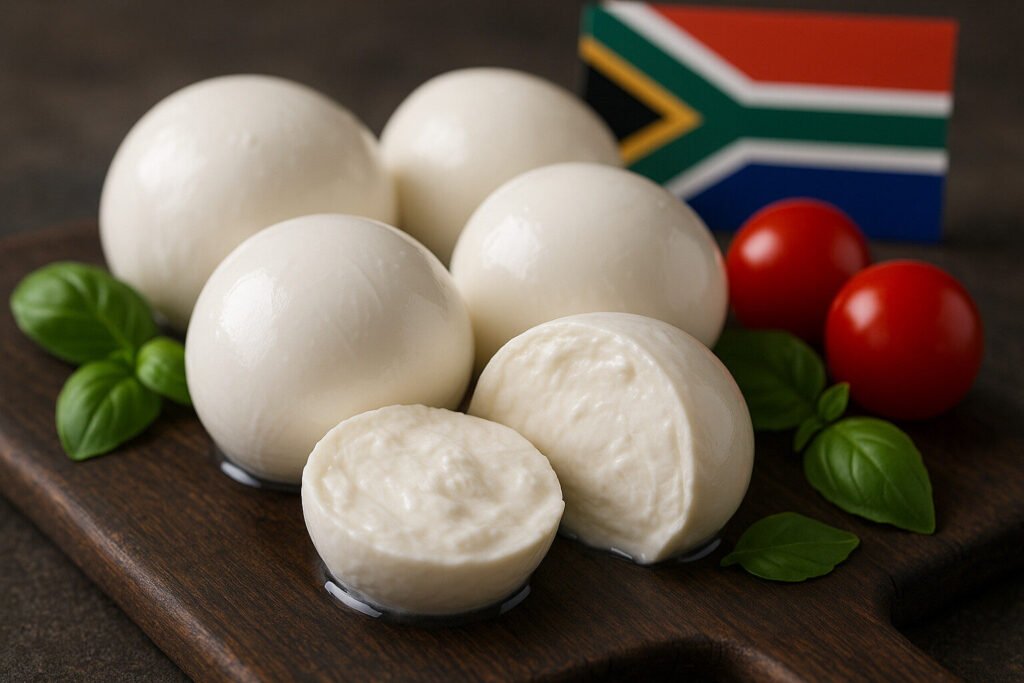Buttery Finish Cheese
Definition and Scope
A buttery finish refers to the lingering creamy, rich sensation left on the palate after tasting cheese. This characteristic is often associated with high-fat content and specific aging processes. It is a desirable textural and flavor property in many cheese styles.
The scope of a buttery finish spans various cheese categories, from soft-ripened Brie to aged Gouda. It results from the breakdown of milk fats into fatty acids during production. This property is a key differentiator in cheese evaluation and consumer preference.
Production Factors
High butterfat content in milk is the primary contributor to a buttery finish. Cheeses made from whole milk or enriched cream develop this characteristic more readily. The breed of dairy animal and its diet also influence the final fat composition.
Specific aging techniques enhance buttery notes through controlled enzymatic activity. Longer aging at moderate temperatures allows for gradual fat breakdown. Cheeses that undergo minimal processing often retain their inherent buttery qualities.
Sensory Profile
The buttery finish presents as a smooth, coating sensation on the tongue and palate. It carries flavors reminiscent of sweet cream and melted butter. This characteristic typically emerges after the initial taste sensations subside.
Unlike sharp or pungent finishes, buttery notes provide a mellow, comforting conclusion. The duration of this finish can range from brief to prolonged, depending on cheese composition. It often complements rather than dominates other flavor elements.
Culinary Applications
Cheeses with buttery finishes excel in applications where smooth texture is paramount. They melt beautifully in sauces, fondues, and grilled cheese sandwiches. Their mild richness makes them versatile for both cooking and direct consumption.
These cheeses pair well with crisp white wines and light beers that cleanse the palate. They balance well with acidic components like tomatoes or tart fruits. Their finishing quality enhances rather than overwhelms accompanying ingredients.
Notable Examples
Double and triple-creme cheeses like Brillat-Savarin consistently exhibit pronounced buttery finishes. These French varieties contain extra cream added before coagulation. Their high fat content creates an immediate creamy sensation.
Certain aged Goudas and Havarti varieties develop buttery characteristics through careful aging. American Monterey Jack often displays this quality when properly crafted. These examples demonstrate how different production methods achieve similar textural results.


